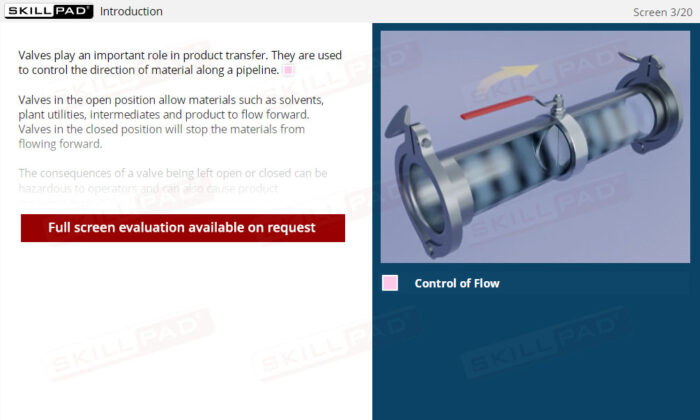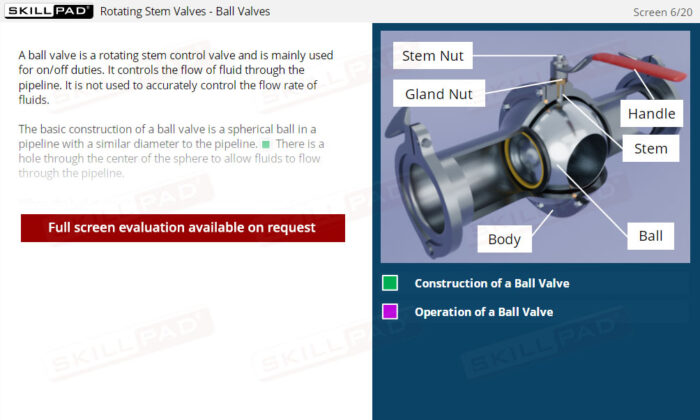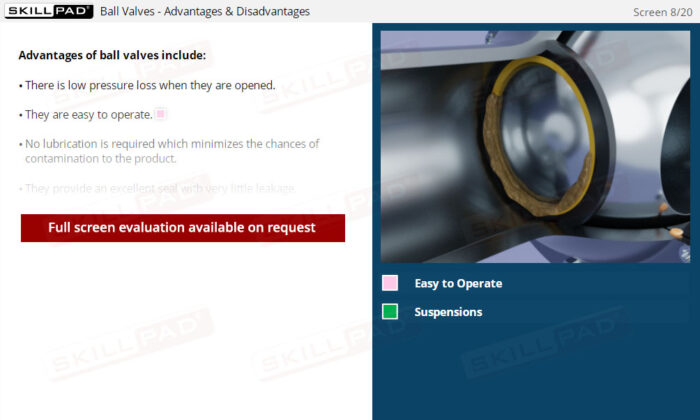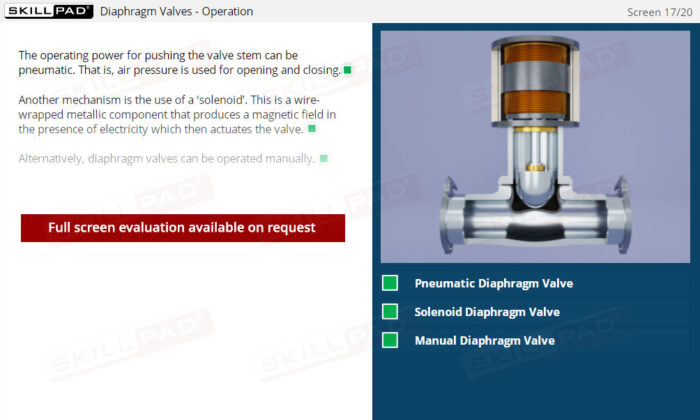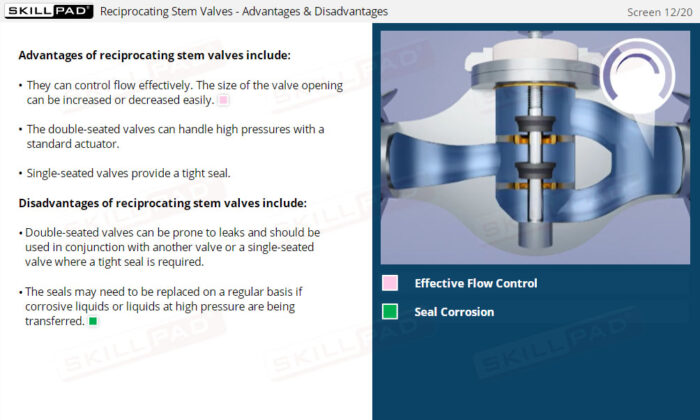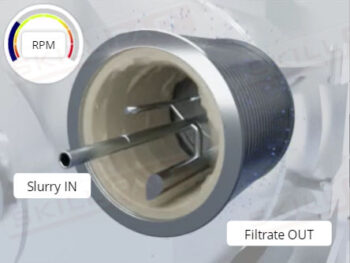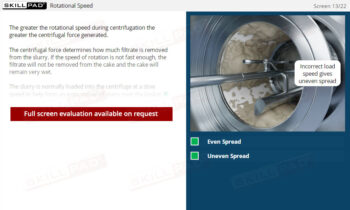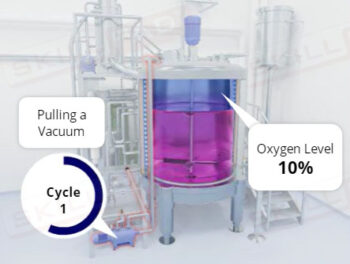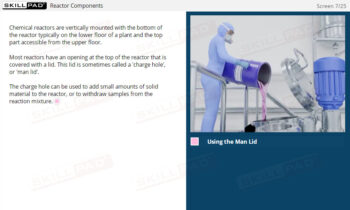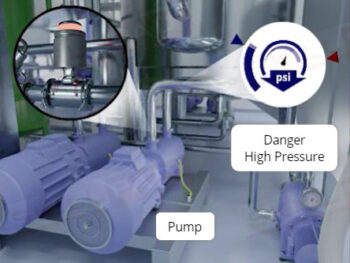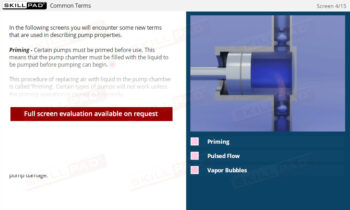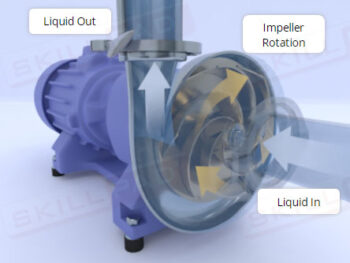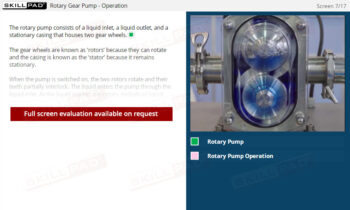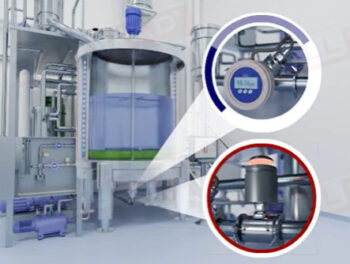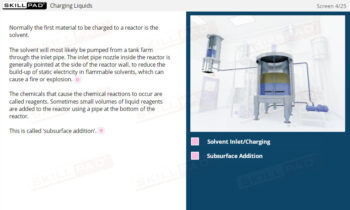Valves
Explores the key types of valves used in pharmaceutical manufacturing, focusing on their role in product transfer and process control. It covers control valves, non-return valves, diaphragm valves, and pressure relief valves, detailing their operation, advantages, disadvantages, and common applications. Learners will gain a practical understanding of how different valves regulate material flow, prevent contamination, and maintain safety in the manufacturing process.
Whether for onboarding or annual refresher training, this Module is seamlessly deployable on any LMS and can be tailored to your company’s exact needs.
Duration: 30 Mins
Grade: Core Library
Description
- Distinguish Valve Types and Functions: Understand the purpose and operation of various valves, including control, non-return, diaphragm, and pressure relief valves, essential for material handling in pharmaceutical manufacturing.
- Gain Insights into Control Valves: Explore the functions of rotating stem and reciprocating stem valves, their applications, and how they support precise flow control in pharmaceutical processes.
- Make Informed Decisions on Valve Selection: Learn the advantages and disadvantages of different valves, such as ball, butterfly, and diaphragm valves, to help select the right valve for specific product transfer tasks.
- Understand the Role of Non-Return Valves in Contamination Prevention: Learn how non-return valves control flow direction, prevent contamination, and protect product integrity.
- Build Awareness of Safety Features: Understand how pressure relief valves and bursting disks manage excessive pressure in reactors and help prevent potential hazards in manufacturing systems.
Learning Objectives
- Explain the purpose of valves in product transfer during API manufacturing.
- Name the two main categories of valves.
- Name the two different types of control valves.
- Describe how both ball and butterfly valves work.
- List the advantages and disadvantages of ball and butterfly valves.
- Explain how a reciprocating stem valve works.
- List the advantages and disadvantages of reciprocating stem valves.
- Describe the two types of non-return valves and list some of their problems.
- Explain how a diaphragm valve works.
- List the two main types of diaphragm valves.
- Explain how a pressure-relief valve works.
Keywords
- Ball Valve
- Butterfly Valve
- Control Valves
- Diaphragm Valve
- Double-Seated Sliding Stem Globe Valve
- Flow Control
- Non-Return Valve
- Pressure Relief Valve
- Product Transfer
- Reciprocating Stem Valve
- Rotating Stem Valve
- Safety Features
- Valve Advantages
- Valve Construction
- Valve Disadvantages
- Valve Operation
- Valve Types
- Weir-Type Diaphragm Valve
Module Features
Animations
Voice Over
Knowledge Checks
Assessments
SCORM/AICC compatible
Full Screen

